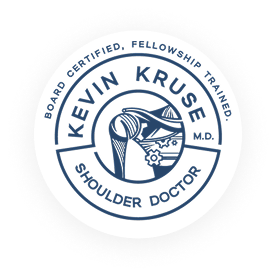Your Guide to Labral Repair: Preoperative Frequently Asked Questions
Welcome to our Labral Repair Preoperative FAQ video! We’ve compiled this resource to address the most common queries patients have regarding this surgery. By the end of this video, we aim to have answered the majority of your questions, providing you with a clearer understanding of our unique surgical process.
Why Choose Us?
We perform nearly 150 labral repairs annually, a volume ten times higher than the average for most surgeons, including those specializing in sports medicine or shoulder treatments. This high volume of surgeries enhances our expertise, allowing us to handle complexities with greater efficiency and achieve successful outcomes. Our success rates for labral repairs are outstanding, with 98-99% of our patients experiencing significant improvements.
Personal Insight
Our deep understanding of this surgery is also personal; having undergone two labral repairs myself, I bring both professional and personal experience to each procedure, ensuring empathy and precision in our approach.
Preoperative Recommendations
- Watch This Video: Gain a foundational understanding of what to expect.
- Nutrition: Incorporate at least 75 grams of protein per pound of body weight into your diet to support healing.
- Exercise: While avoiding activities that exacerbate shoulder pain, maintaining general fitness is beneficial.
- Therapy and Follow-up: Organize your postoperative therapy and decide whether you prefer telemedicine or in-person follow-ups.
- Preparation: Complete all preoperative forms and secure your pain medication in advance to ensure a smooth postoperative experience.
Managing Pain
We recommend a regimen of ibuprofen and Tylenol, supplemented by Tramadol and, if necessary, oxycodone. Ice therapy and CBD are also effective for pain management. Meditation and an anti-inflammatory diet can further aid recovery.
Sling and Activity Post-Surgery
The use of a sling is largely for comfort; we encourage gentle movement within pain tolerance levels. For the first three months, avoid lifting over 10 pounds with your arm extended but listen to your body to guide your activities without risking the repair.
Therapy Options
We believe in the importance of therapy to regain full function. Options include virtual, in-person, or a hybrid approach, tailored to your needs and preferences.
Incision Care
Incisions are minimal and require simple care. Showering is permitted the day after surgery, and sutures are removed at home after 10-12 days.
Expectations on Bruising, Swelling, and Recovery
Bruising and swelling are normal and will subside over time. Recovery activities are safe immediately post-surgery, with a gradual return to more strenuous activities recommended over three months.
Important Postoperative Information
- Sleeping: Find a comfortable sleeping position; use pillows for support as needed.
- Driving and Work: Resume driving and work when comfortable, typically within a week post-surgery.
- Surgery Duration: The operation takes less than 30 minutes, minimizing anesthesia and recovery time.
Final Thoughts
We’re excited to guide you through your labral repair journey. This video aims to address 99% of common concerns, setting the stage for a successful surgery and recovery.

